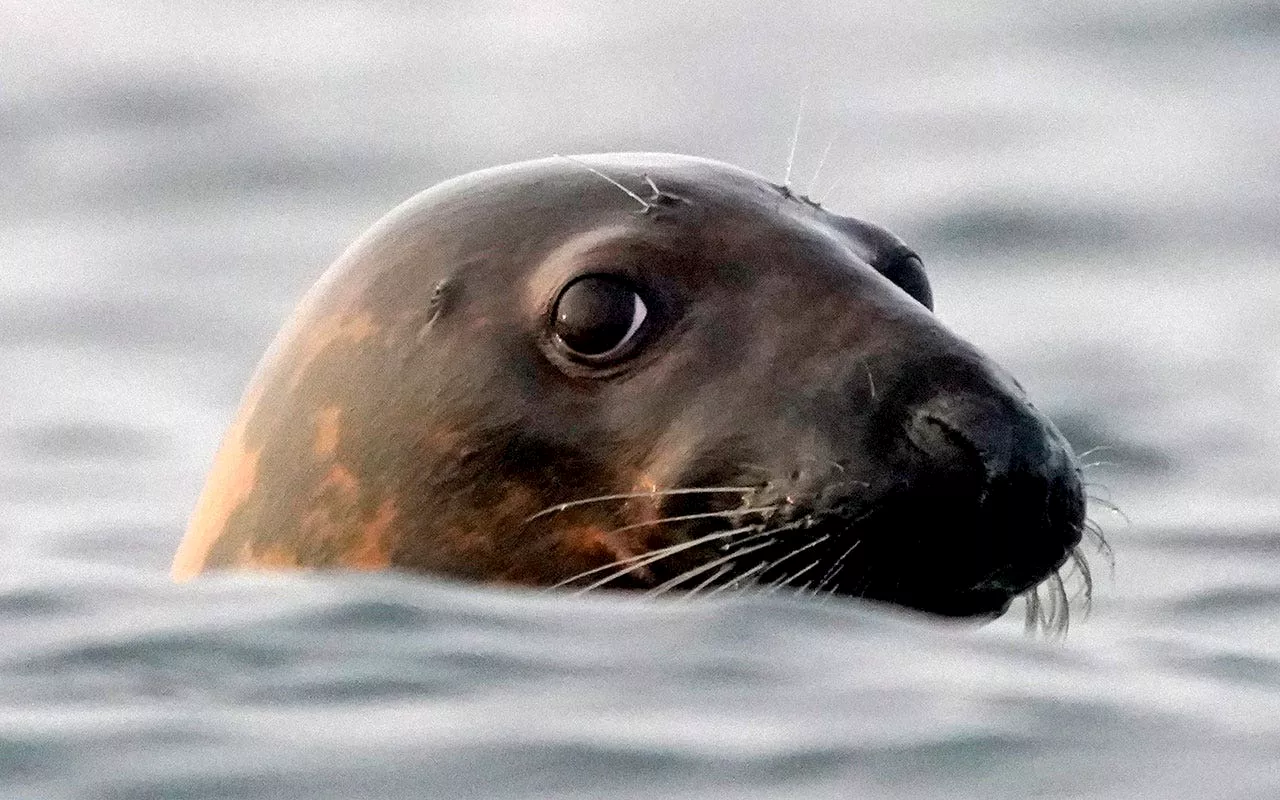Avian influenza, stemming from a global outbreak starting in 2020, has caused the deaths of millions of birds and now poses a threat to marine mammals.
Avian influenza is killing tens of thousands of seals and sea lions in different corners of the world, disrupting ecosystems and flummoxing scientists who don't see a clear way to slow the devastating virus. The worldwide bird flu outbreak that began in 2020 has led to the deaths of millions of domesticated birds and spread to wildlife all over the globe.
The virus can be controlled in domesticated animals, but it can spread unchecked in wildlife and marine mammals such as South America's seals that lacked prior exposure to it have suffered devastating consequences, said Marcela Uhart, director of the Latin America program at the Karen C. Drayer Wildlife Health Center at the University of California, Davis. 'Once the virus is in wildlife, it spreads like wildfire, as long as there are susceptible animals and species,' Uhart said.
The virus is still spreading and was detected in mainland Antarctica for the first time in February. The deaths of seals and sea lions disrupts ecosystems where the marine mammals serve as key predators near the top of the food chain. Seals help keep the ocean in balance by preventing overpopulation of the fish species they feed on.
The deaths of marine mammals are even more concerning because of mutations of the avian virus, according to a paper in the journal Nature Communications last fall. The mutations 'warrant further examination and highlight an urgent need for active local surveillance to manage outbreaks and limit spillover into other species, including humans,' the study stated.
